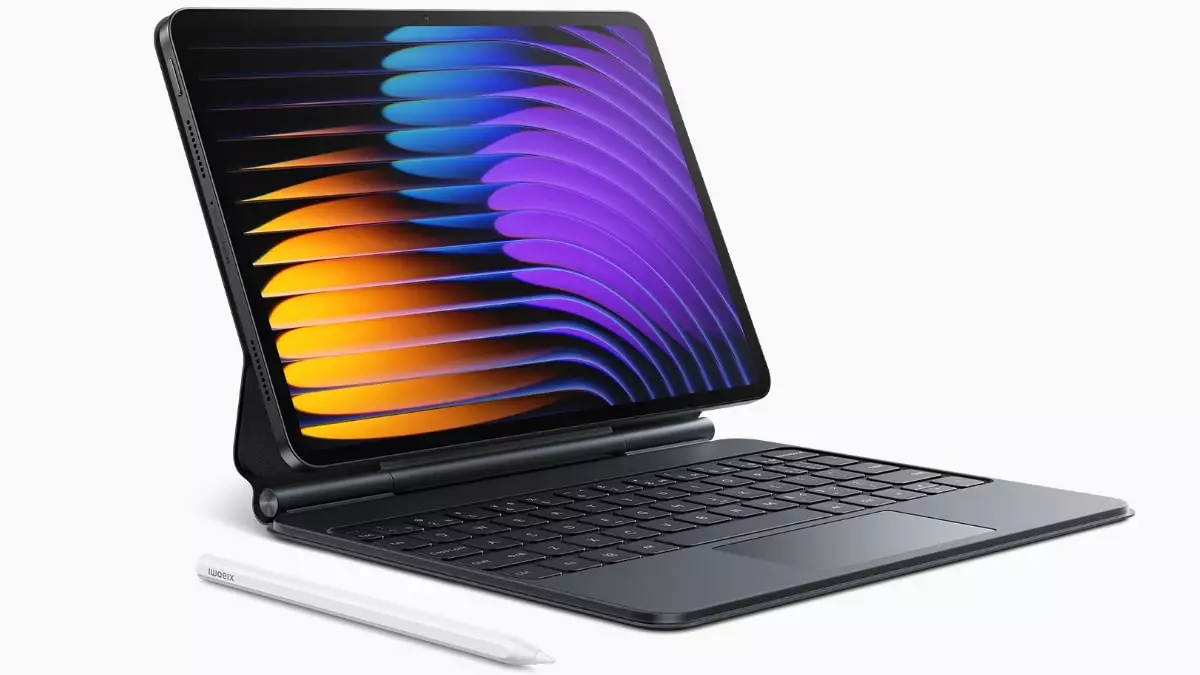The unveiling of the Xiaomi Pad 7 and Pad 7 Pro marked a significant moment in the tablet market, particularly for Xiaomi as they continue to carve out a niche in this competitive space. With powerful specifications, sleek designs, and an attractive price point, these tablets are poised to attract a range of consumers—from casual users to tech enthusiasts. In this article, we will analyze the key features, differences, and overall value of these two tablets.
Both the Xiaomi Pad 7 and Pad 7 Pro boast an impressive 11.2-inch display with a stunning 3.2K resolution. This aspect not only enhances the overall viewing experience but also positions these tablets as ideal for media consumption, gaming, and productivity tasks alike. The 144Hz refresh rate ensures smooth scrolling and reduces visual lag, making it a compelling option for gamers who need that extra edge.
The peak brightness of 800 nits and certification from TUV Rheinland for low blue light emission further elevate the devices’ usability in various lighting conditions, whether you are on your couch or on the go. The black and sky blue color options, along with a special Soft Light Edition, provide aesthetic choices to cater to a variety of personal styles.
At the heart of these tablets is a powerful Snapdragon chipset lineup. The Pad 7 Pro boasts the Snapdragon 8s Gen 3, while the base Pad 7 features the Snapdragon 7+ Gen 3. Both chipsets are complemented by ample RAM—up to 12GB—enabling smooth multitasking and efficient app performance. The Pro variant’s enhanced chipset will cater to power users who demand more from their devices, especially for heavy applications or multitasking scenarios.
The tablets run on the latest HyperOS 2 interface, which not only helps in managing resources efficiently but also allows for a unique user experience tailored specifically for Xiaomi devices. This software synergy, combined with such powerful hardware, means users can expect swift performance across the board.
Xiaomi has equipped both models with a robust 8,850mAh battery, which should easily navigate through a full day of usage. However, it’s important to distinguish the charging capabilities between the two variants. While the Pad 7 Pro supports fast charging up to 67W, the base model is limited to 45W. Prospective buyers might see this as a determining factor based on their personal usage patterns and reliance on quick recharges during busy days.
In an era where video calls and high-quality imaging are becoming increasingly important, both tablets do not disappoint. The Pad 7 Pro features a 50-megapixel rear camera, along with a 32-megapixel front camera, making it suitable for content creation, while the Pad 7 offers a 13-megapixel rear and 8-megapixel front. This camera arrangement should cater to users for casual photography and video conferencing.
Connectivity options are quite rich, including support for 5G, Wi-Fi 7, and a USB Type-C port, ensuring that users can connect efficiently and speedily to the internet and other devices. The presence of various sensors like accelerometers and gyroscopes further enhances the capabilities of these tablets, providing a more interactive user experience.
When it comes to pricing, Xiaomi has made a strategic move by offering the Pad 7 starting at CNY 1,999 (approximately Rs. 23,500), while the Pad 7 Pro begins at CNY 2,499 (around Rs. 28,500). In a market flooded with options, these price points make the new tablets incredibly competitive. The range of variants for both models also ensures that there’s something for everyone.
The Xiaomi Pad 7 and Pad 7 Pro deliver an engaging combination of performance, display quality, camera capability, and battery life—all at competitive price points. Consumers looking for a new tablet with impressive features will find much to appreciate here, from gamers seeking top-tier displays to professionals relying on solid performance for multitasking and productivity. Xiaomi has certainly positioned itself well in the tablet landscape with these offerings, making them worthy contenders in today’s tech-driven world.


Leave a Reply